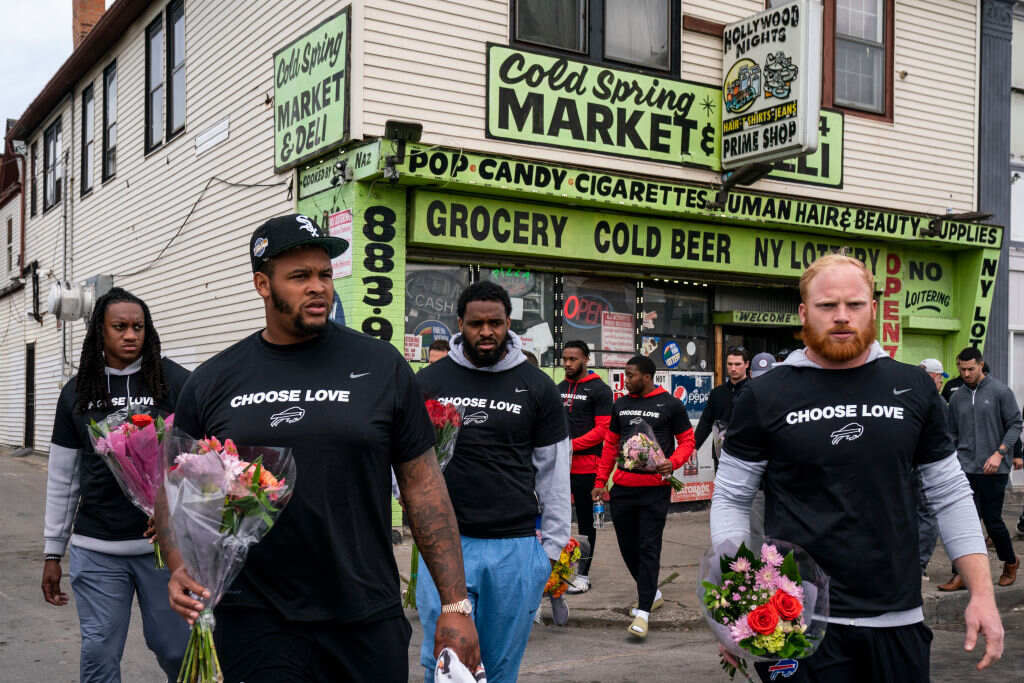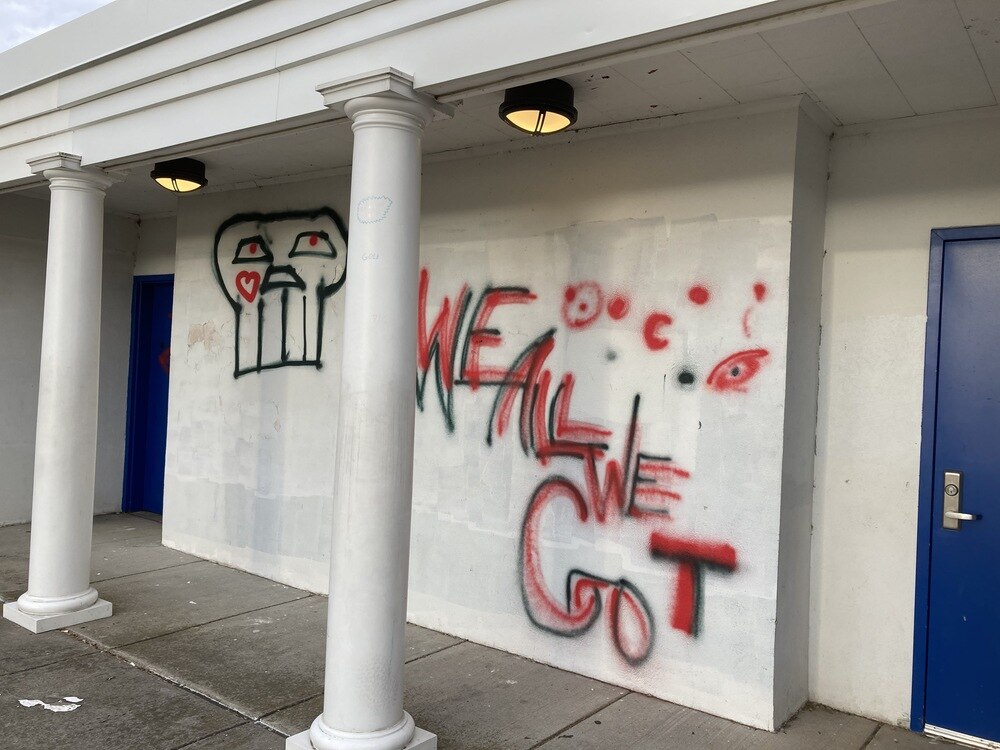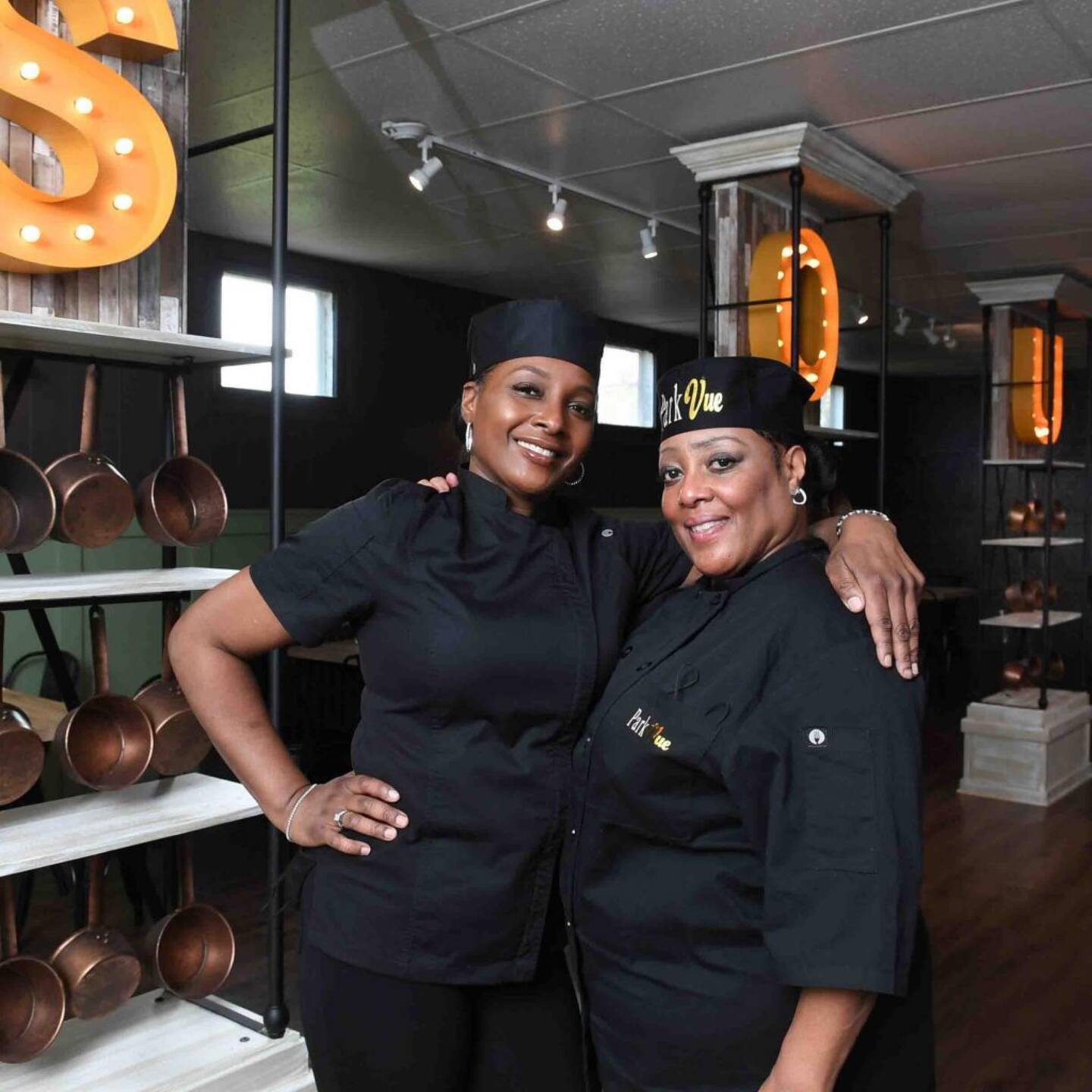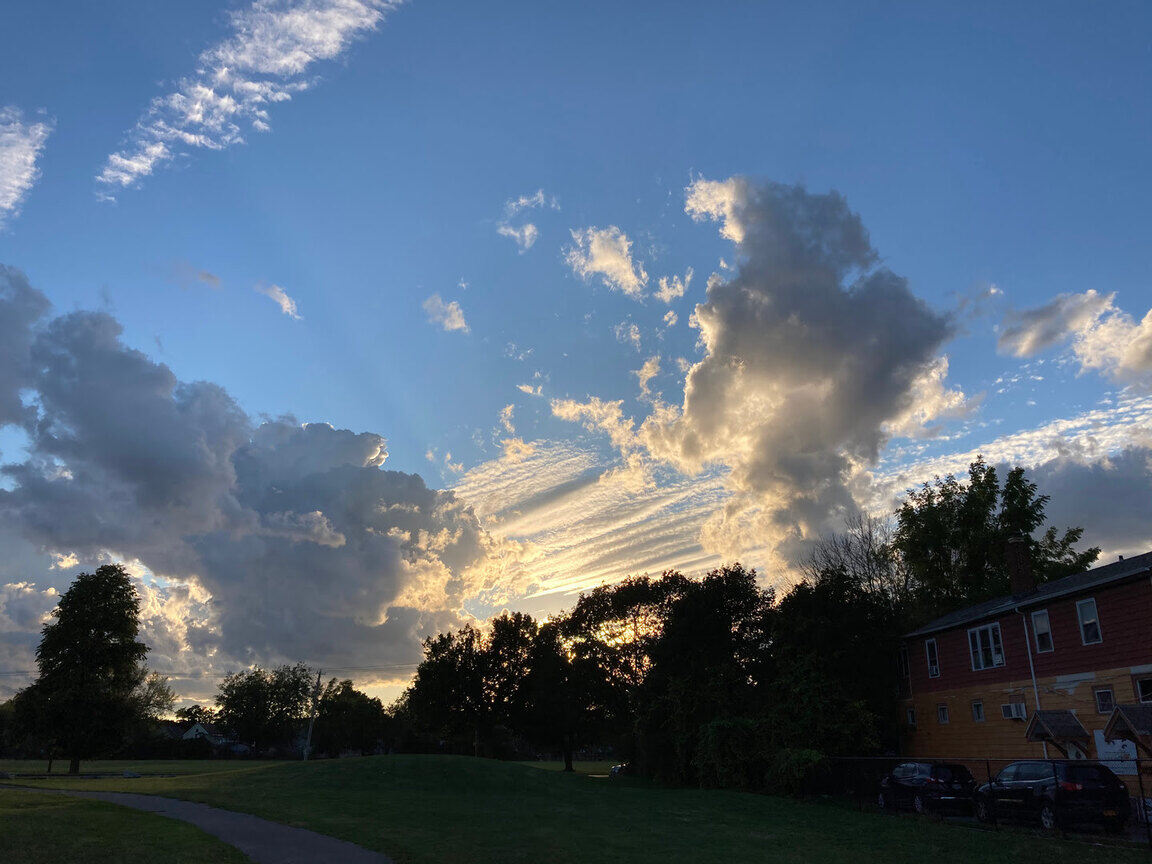Thirty-one teams in the National Football League will be losers by the end of the day on February 12 when the Super Bowl clock runs out. Not losers by any human calculus—say, the measure by which most any other group of workers, any artists, would be judged. Across 18 weeks of the season and more of the postseason, men nearing or over 200 pounds will have leapt and twisted in the air thousands of times like the most graceful ballerina, the most mind-boggling gymnast. They will have run at thrilling speeds, thrown the ball thousands of yards, caught passes one-handed, over the shoulder, far out front, and tried to evade danger. Other men, some at 300 pounds, will have used their bodies to hit, steal, tackle or, in the least glamorous but most necessary of jobs, protect others. They will have got hurt and worked hurt in a job as exploitative as any and more celebrated than most. At the start of the season everyone—the players, the coaches, the fans, the business owners, the media machines—will have known that only one team can win in the end, but except for squads with the worst records, in the earliest stages of “rebuilding,” everyone will believe that they might be that one… But then there’s loss. And those on TV who touted the teams, the fans who loved them, might stop loving them. “Football is life,” fans and players have been known to drop in tweets. Some are being romantic or religious or wry (channeling Ted Lasso), but the game of football suits none of those adjectives. It is brutal and true and for some ecstatic moments beautiful.
And so, to the also-rans…
Love and pain and the whole damn thing. A few doors down from my childhood home in Buffalo’s Schiller Park neighborhood, a flag with the logo of the Buffalo Bills flapped from a neighbor’s house amidst November’s thunder-snow and through the deadly Christmas blizzard. The Bills’ season ended in disappointment on January 22, and the charging buffalo came down. On nearby streets, year-round banners bleached from sun, battered by wind, still trail from porch roofs that sag precariously, more so since the hard weather. Elsewhere, fresher flags fly. Farther along, past the pleasant park and a dogged commercial boulevard that links this part of the East Side to downtown, Black Santa may yet depart from one bright porch, but a wooden BILLS sign is going nowhere, screwed in across the threshold. A block or so away, verdant scenes burst from a mural painted on one leg of an L-shaped fence enclosing a corner yard: deer leaping as if from danger, deer resting beside a placid mountain meadow. On the other leg: “Let’s Go” in block letters rides on the hump of an enormous charging buffalo, with “Buffalo Bills” in larger letters at the stylized bison’s front hooves. The animal world rejoices.
This is a tough part of the city. Like the rest of the majority-Black East Side, it has been for a while. Real estate sites give the Schiller Park neighborhood an F for livability, and inform house hunters that old homes “cut up into apartments [and] stores on the corner selling pizza…are some of [its] hallmarks”; that most adults are employed but 75 percent of the kids are officially poor, and “You have a 1 in 17 chance of becoming a victim of crime.”
Failure at livability is a curious concept. Not failure of capitalism or politics or banks or commitment to equality. Close to 10,000 people live here, Black, white, Bengali, Latino—and help each other, irritate each other, lend and borrow tools, plant seeds, tease or ignore each other, wait for buses, walk dogs, banter about the Bills, maintain their homes, endure their homes, love, play, suffer, work, and do it all again with as much grace as they are able. It is not a hang-your-head kind of place.
Especially after the racist mass murder last May at a supermarket about three miles from here—and the thunder-snow damage, the 47 blizzard deaths in the region, the New Year’s Eve fire that killed five children on the East Side—a reflexive story in sports media put it that the people of Buffalo “needed” a Super Bowl championship, that Josh Allen and the boys were carrying “the city on [their] shoulders.” The story was compounded by the team’s own adversity: the catastrophe befalling one of its owners (just revealed to be cardiac arrest and after-effects); the season-ending injuries to our star strong safety and edge rusher; the downplayed injury to our quarterback; the 13-hour drive that our injured free safety made to Kansas City because he’d been cleared to play football but not to fly; the valiant effort to dig out of snow to get to a “home” game in Detroit; the three games and three victories in 12 days; the death and resurrection of 24-year-old Damar Hamlin on Monday Night Football and the shock of “grown men crying.”
Adversity wears you out. The events are all true, as well as the emotion. “FUCK FUCK FUCK,” texted a friend, one of the city’s most energetic radical activists and an avid sports fan, on January 2 as Hamlin’s heart stopped and players formed a circle around their brother. I don’t know anyone here who values communal feeling and doesn’t also love the Bills. Football as an industry extracts profit; as a game, it’s a rough ballet of struggle. The vast majority of people don’t break tables or go to games; we identify. We live with contradictions.
The “overcoming adversity” story, of the city as victim clinging to its team to give life meaning, was always suspect, though. “As writers we’re rooting for the story,” a Buffalo News sports columnist commented about the job of covering the Bills. As a person and a teammate, Damar Hamlin is somebody whose life everyone rooted for. As a story, the rooting slid toward exploitation as, once Damar’s survival was assured, he became a symbol within a symbol: the player who’d “won the game of life” on a team whom oddsmakers still favored to “win the whole damn thing” for a city that “really needs a win.” Everyone hopes for a win. The problem with the story is that, like the business, it requires one.
Without the W, it reverts to another story, the cliché of the “feel-good moment” or the “curse,” the F grades handed out to players and coaches in the sports pages after the final game, and poor old Buffalo, “city of broken dreams.”
We enter, drunk with fire. There was a window—72 hours at most—when the sports world agreed, at least in its public face, that the game of football was puny in the scheme of things. Some said no one would blame the Bills if they forfeited the season. Patrick Mahomes described January 2 as “terrifying.” Ryan Clark, a retired player now on ESPN, tweeted: “The next snap of football will be one of the scariest snaps we’ve ever watched.” Six days after registering shock and horror on national television, Buffalo’s players opened the door to joy again, as Nyheim Hines returned the opening kickoff for 96 yards and a touchdown. His top speed was clocked at 21.25 miles per hour. At a Bills bar in New York’s Lower East Side, fans wept. Hines did it twice in that game—a feat achieved only 11 times in NFL history—returning the ball for 101 yards and a touchdown in the second half. “Storybook!” the sports media cheered.
What happened in those now-supplanted 72 hours bears a rerun. Within minutes after trainers and medics saved Damar’s life, the language of “grown men crying” changed. Grown men refused to keep working. Grown men had to talk. Grown men caught an Uber to the hospital. Grown men needed help.
When “grown men” disappeared, players were allowed to be human—like women, like children, like any ageless, genderless person next door, like you. Teams across the league engaged counselors so their workers could talk. Workers spoke of being emotional, of feeling acute solidarity with a man they didn’t know, with a rival team. Retirees choked up on TV. ESPN’s Dan Orlovsky talked about how from the time a boy starts to play football “you’re taught how important, like, being physically and mentally tough is…. And just the brutal reality is, if you’re not, you cannot make it in the NFL,” you won’t have a career; so you begin to do “the hard things” you never thought possible, and the more you do them, the more desensitized you become, and you think, “I can do those things that hurt.” Marcus (Swagu) Spears said his wife had declared when she learned she was pregnant with a boy, “He’s not playing football,” and was “terrified” the one year he chose to play as a kid. “When you’re having these conversations with your 6- or 7-year-old,” Spears said, “and they see the enjoyment of the game, it is our responsibility…to let them know what the risks are.”
It didn’t take long for the traumatized witness, the hurting man, to be pushed to the wings. Punditry and the digital scream machine of public comments, regardless of sociopolitical orientation, had other interests. The risks are too great. Football should be banned. The NFL is an exploitation machine; turn it off. The NFL has just displayed the best in human nature; back to the game. The job is to win, not to whine. The players are victims of a racist system. The players are soft. No excuses! After the Bills collapsed against the Cincinnati Bengals on January 22, looking like a different team, in chaos, linebacker Matt Milano was slammed for saying their energy failed. Wide receiver Stefon Diggs was slammed for expressing anger. Bengals quarterback Joe Burrow was lauded for his lack of emotion. This guy’s got ice in his veins! He lost the next week anyway.
Ecce homo. The hurting man is us. Out my window and across the way, a 40-ish man maneuvers his motorized wheelchair down the slushy street. It was snowier when I saw him yesterday; slick the day before; tomorrow it may rain. I’m in Buffalo, but suffering is not unique to the city, except in the particulars. At the end of this street heading downtown, Jericho Road Community Health Center, which has had makeshift memorials in its parking lot here and at its two other sites where young men have been shot, is seeing an uptick in calls from patients reporting, “My belly hurts,” or “I have a headache,” or “I can’t sleep” in the aftermath of the blizzard. Dr. Myron Glick, founder of Jericho Road, tells me that a similar surge followed the mass shooting last May. (Twenty-six of the 47 blizzard fatalities were people of color, most from the East Side.) The symptoms are real—and may also include tearfulness, anxiety, high blood pressure, a racing heart, anger, lashing out, “doing stuff that’s not you”—but the root cause is a stressful situation.
“It’s not just the blizzard,” the doc says. “This wasn’t the first time that people got beat up and are struggling because of poor housing, or exposure to the criminal justice system, or poor health, or poverty. It’s trauma, racism, inequity, the structural stuff that people have to overcome from the time they’re a little kid, the stuff that many of the refugees and asylum seekers who we take care of in Buffalo have experienced. And that’s repeated time after time, so it’s trauma upon trauma. If there was a way to figure out a trauma count, you could probably tell a lot about someone and what their health is going to be like based on how much trauma they’ve had to overcome.”
In the real world, the doc notes, most people don’t have a lot of space or safety to be honest about hurting, to be vulnerable, as the Bills admitted (although after a few days’ talking, center Mitch Morris added that it was unfair to think that they, or anyone who is “emotionally frazzled,” might just “flip a switch and be okay”). But talking isn’t the only balm for grief.
Playing sports helps. Being physically active, being part of an organization or faith group, gardening together—doing anything that involves being in community, he says, helps people “find home.” Doing the hard things—stretching your body’s limits, honing hand-eye coordination, expressing affection freely, experiencing amazement, and all as a collective—helps.
The city eliminated Schiller Park’s baseball diamonds years ago. It filled in the swimming pools, summer joy of working-class Black and white children when I was coming up and industrial paychecks kept commercial boulevards humming. The park has a gridiron, a basketball court, and vast grassy space. It has a pond where grown-ups teach children to fish sometimes, and a gazebo where lovers watch sunsets. One bright Saturday afternoon about five years ago, my neighbors were out on their porches, agitated. “You didn’t hear it, did you?” my friend next door asked as I was scraping rust from a wrought-iron railing. “Fifteen shots.” Her housemate’s son had gone to check it out. He said that someone came up shooting during a peewee football game, a man at the game ran, and the shooter followed.
The neighborhood doesn’t feel dangerous. These days little boys in big helmets pushing up against one another in the park on pretty fall days probably don’t know that their life expectancy is eight years shorter than a kid’s living in a different zip code, playing in Delaware Park, but they know about early death. They don’t read OSHA reports, don’t know that a worker in an ordinary job dies every 101 minutes from an injury on that job, but they know the money probably isn’t good enough.
They may know from family that union jobs pay better and are safer, but no one needs to tell them that their parents worry over the mortgage or the light bill or the tax man or the rent. They don’t know that at least 2.2 million workers in ordinary jobs (and perhaps as many as 8 million, according to the AFL-CIO) suffered nonfatal injuries in 2021, but they see people on disability. They don’t know that every year some 120,000 workers who’ve done ordinary jobs die from job-related diseases, that 761 people die from violence at the job, but they are not thinking about those things.
If they are like most people, they mistake football as a diversion from, rather than a part of, the life it also reflects—seeing the player, not the worker; the game, not the job; the record, not the work itself, not the struggle to endure. And, as a corollary, failing to see the skill or grace or bravery of so many workers who do the ordinary jobs.
If they are like some of the former athletes talking on television, they may have been thinking about relieving their family’s worries since they were 6 or 7. If anyone has told them the odds of making it to the NFL, or the four-year average of a pro career, or chronic pain and frustration, they are probably not thinking about those things either. They are acquainted with pain; they want pleasure.
I get knocked down, but I get up again. Siran Neal, a Bills defensive back on special teams, says that Schiller Park and surrounding streets are “just like home,” Fort Gaines, Ga. He calls the neighborhood “country.” He and other players frequent Park Vue, a delightful soul food restaurant at the park’s edge. It’s not the easiest place to find, at the end of a dead-end street called South Crossman. Bills players showed up in person for the first time after the 2021 season ended in a divisional round playoff game against the Kansas City Chiefs. A loss, that game is often described as one of the finest displays of athleticism between two teams on a football field. It ended in overtime: a coin toss and sudden death by touchdown. Park Vue has been feeding players like the rest of us, body and soul, ever since.
When it opened in 2019, Schenita Williams, a co-owner with her daughter, Harrita West, remembers sitting in the front on Sundays praying, “Lord, where are the customers?” A couple of years earlier they had bought the building which had housed a German tavern/restaurant called Scharf’s, a neighborhood mainstay until it wasn’t. “Keep an open mind,” Harrita had said when she took her mother and step-father to look at the place, then on the city’s foreclosure list, overgrown with weeds, in need of paint, and filled with 50 years of stuff that had to go. “Let’s do it,” they decided.
“We want to bring something to the community,” I remember Schenita saying when I first noticed that the old place was being reborn. “Something nice,” as Harrita said.
The two women, who both live nearby, have a passion for food and good feeling; they dream of jazz concerts in the park and more. These days Schenita works the dining room, chatting with customers, sometimes pulling up a chair to talk at the end of the night. Harrita is in the kitchen. In off hours she works the business and promotion side. She visits culinary high schools and community colleges looking for people who are similarly passionate, and so far has hired two high-schoolers for hands-on training toward a career. She pays no attention to football except for the Bills. Last summer in advance of Black Restaurant Week, some players did a promo video for Park Vue: Siran Neal helping in the kitchen and acting as host; offensive tackle Dion Dawkins, linebacker Tremaine Edmunds, wide receiver Isaiah McKenzie, and safety Damar Hamlin cutting up, playing cards, and digging into gorgeous platters of fried fish, wings, greens, green beans, candied yams, and mac and cheese.
There is no comparable restaurant in the neighborhood, and this one almost sank.
Although both women had long been cooking for large groups, they had never run a restaurant. When they decided to do it, Schenita, who still teaches pre-K in the public schools Monday through Friday, put in $100,000 from her retirement fund and spent a year cleaning and painting the place while also finishing a master’s degree in education technology. Harrita was a banker then; had been for more than 25 years, helping people become homeowners in the neighborhood, among other places, or adjusting their mortgages so they could stay. But for some time she had quested for something else. “I went to church and prayed, ‘Lord, I can’t stand banking.’ And I’d never been slayed by the Holy Spirit before, but my hands were golden. God said to me, ‘Your gift is in your hands.’”
The Lord told her to cook, she says, but in 2020 Harrita had to have strong hands to hold the tiller. She was adamant: “We’re staying.” She won a makeover on the reality show Restaurant: Impossible, evident in the warmth of the dining room, S-O-U-L in lights diffusing an easeful glow against deep gray and green walls. She and her mother have made numerous adjustments. “It’s been a process,” Schenita says, exhaling, “but God has been there: ‘Go a little farther; I’ve got your hand.’ And then, ‘Okay, now go a little farther.’” As another year has turned, Harrita says, “I get a rush from the sound of the orders coming through…just knowing that many people are desiring our food, that gives me joy.” But there is so much still to do. In the restaurant business, there is always more to do.
Staying is a process. Shorthand for the work of people all over the city who have always made the city go: the ones who, despite the loss of half the population between 1970 and 1990, have kept experimenting, or just kept on; the newcomers from all over the world who have committed, in many ways, in many neighborhoods, to “fix this,” as historian and entrepreneur Mark Goldman writes in City of My Heart. The trying doesn’t stop.
No day is promised. “Not one second is promised,” Dion Dawkins said toward the end of the season. Reporters had been asking if he was having deep thoughts after everything that had happened. “Actually,” he wrote in a letter to fans, “you have these very simple thoughts.… you just have them with more clarity.” If you take life as it is, without illusions, you try to embrace every day, every moment of true feeling, every extraordinary effort. Ordinary football talk at this time of year would say otherwise: if you’re not in the big show, and then left standing alone, whatever happened all season is irrelevant—every beautiful play, every astonishing demonstration of collective skill and nerve, every injury to body or spirit. Some fans repeat this, unmindful that it negates not just the players’ work and time but the fans’ own experience. Friedrich Schiller, the German playwright after whom Schiller Park was named, wrote “Ode to Joy” in a moment of high spirits. Years later, he said on second thought it wasn’t a very good poem. Beethoven thought it was pretty good, and at least for those moments when one hears the Ninth Symphony, one knows awe. Or as another writer, the great Palestinian poet Mahmoud Darwish, put it, “We love life whenever we can.”







